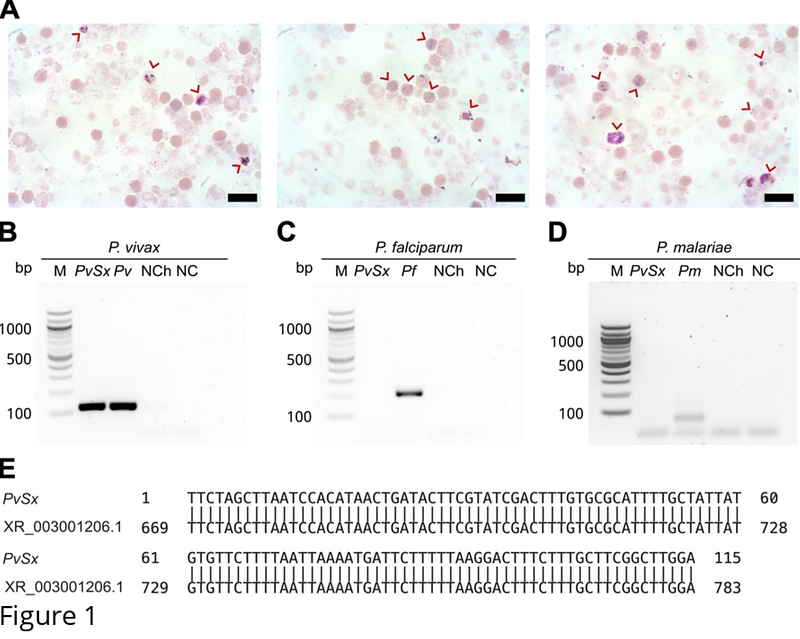The reticulocyte restriction: invasion ligand RBP1a of Plasmodium vivax targets human TfR1, prohibitin-2, and basigin

The reticulocyte restriction: invasion ligand RBP1a of Plasmodium vivax targets human TfR1, prohibitin-2, and basigin
Molina-Franky, J.; Röth, D.; Ararat-Sarria, M.; Patarroyo, M. A.; Kalkum, M.
AbstractPlasmodium vivax is the most widespread malaria species with predominance in Latin America and Southeast Asia. Devising effective controls against P. vivax infections presents unique challenges due to the parasite\'s exclusive invasion of reticulocytes, a transient developmental stage of red blood cells. The ephemeral nature and limited availability of reticulocytes complicate efforts to establish continuous in vitro cultures to study the parasites biology and receptor-ligand interactions. Here, the potential of the erythroid cell lines JK-1 and BEL-A as alternatives to reticulocytes was confirmed through successful parasite invasion, marking the first report of P. vivax entry to BEL-A cells. Furthermore, LC-MS was used to quantitatively compare the membrane proteomes of these cell lines with those of reticulocytes and mature erythrocytes. This analysis revealed significant similarities between the membrane proteomes of JK-1, BEL-A, and reticulocytes. In addition to the known Plasmodium receptors, transferrin receptor protein 1 (TfR1 or CD71), CD98hc, and basigin (BSG), potential receptor candidates involved in the parasite\'s invasion pathway were identified, including prohibitin-2 (PHB2), CAT-1 (SLC7A1), ATB(0) (SLC1A5), CD36, integrin beta-1 (ITGB1), and Metal transporter CNNM3. Proximity labeling using TurboID enabled the identification of specific interactions between PvRBP1a158-650 and TfR1, BSG, and prohibitin-2 in the erythroid cell lines. Notably, this is the first report of prohibitin-2 as a receptor for P. vivax. These findings advance the understanding of P. vivax receptor-ligand interactions and underscore the potential of JK-1 and BEL-A cell lines as alternative models for the study of parasite biology.